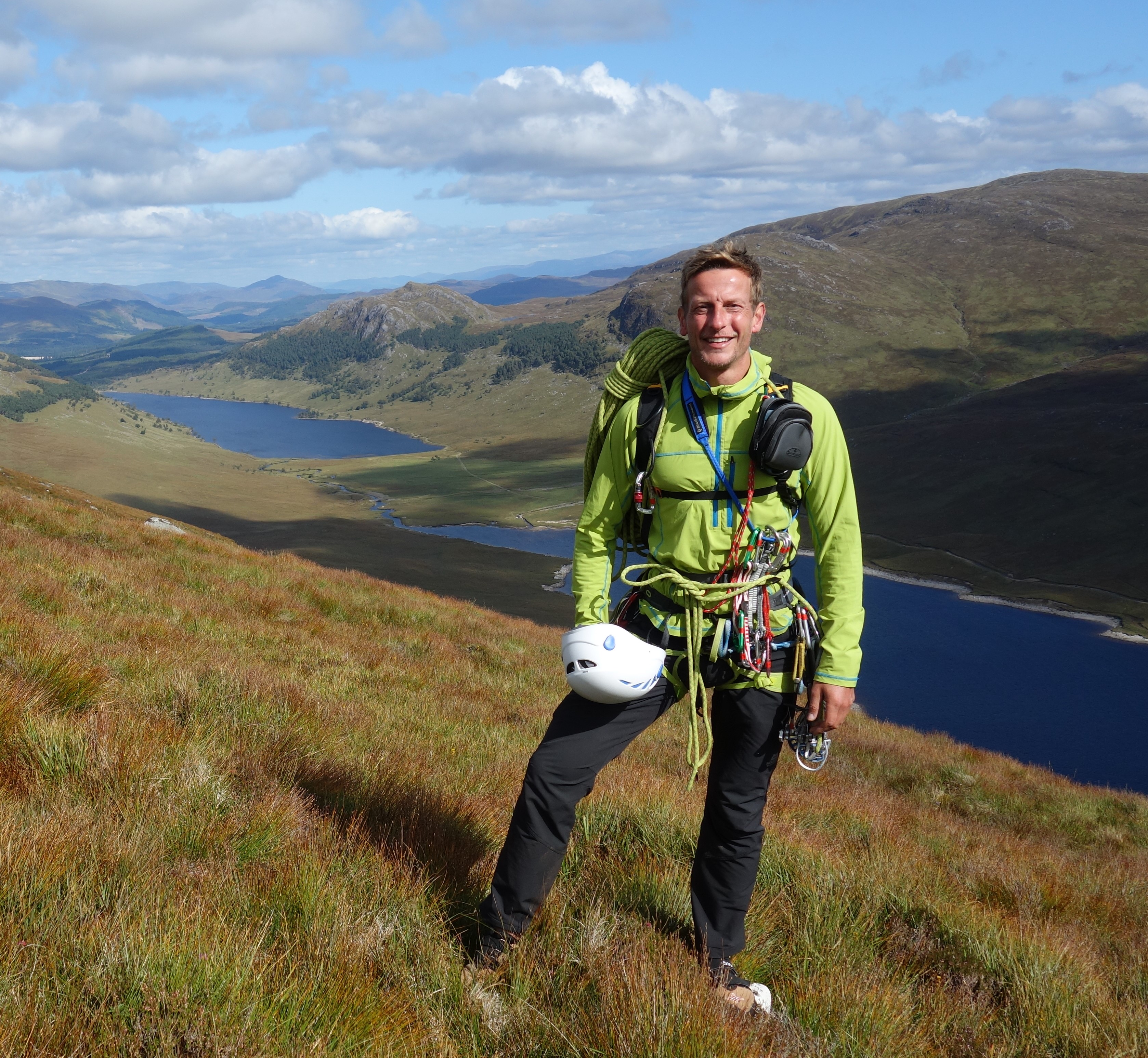How to stay cool while camping: 10 tips to beat the heat when camping in summer
Our 10 tips on how to stay cool while camping will let you carry on enjoying your nights under the canvas even when the mercury’s through the roof
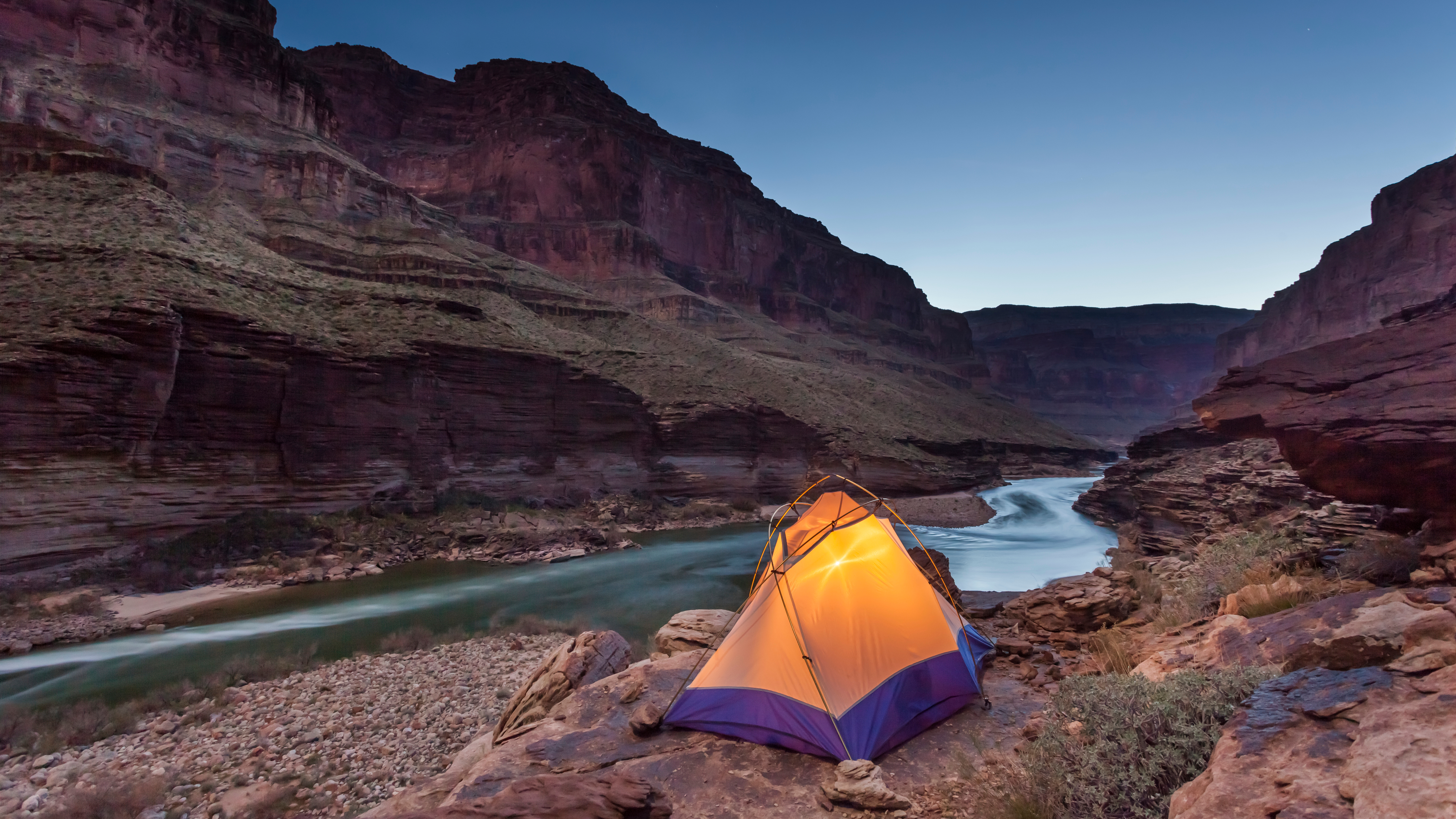
Don’t know how to stay cool while camping? You are, dear reader, not alone. Every year, legions of summer campers the world over suffer through long, sweaty, sleepless nights at camp, counting sheep, cursing their luck, and uttering countless “never again’s.”
But it doesn’t have to be that way. With just a few tweaks to your camping sleep setup and a handful of simple, heat-beating hacks, your summer camping trips can be transformed from torturous affairs into altogether tolerable ones. In this guide on how to stay cool while camping, we’ll reveal 10 just such hacks and tweaks, covering everything from how to choose the best tent for hot-weather camping to DIY accessories that will help you get a restful night’s sleep in the wilds when the rest of the world’s holed up at home with the A/C cranked to the max.
How to stay cool while camping in summer: our top 10 tips
1. Set up in the shade
When choosing where to pitch your tent (also see: how to pitch a tent), try to find a spot that will remain in the shade for the greater part of the day, and particularly in the hours immediately after sunrise and before sunset. Knowing that the sun rises in the east and sets in the west, all you have to do is use your compass to find the four cardinal directions and then select a pitching location that will be protected from the sun pre-dusk and post-dawn by features like trees, bluffs, boulders, or buildings. Simple!
2. Ditch the rainfly when it’s dry
The rainfly on your tent isn’t only designed to keep out airborne H20, but also to lock in the heat produced by your body. While this is beneficial in colder months, in summer months it can leave your shelter feeling more like a sauna than anything suitable for sleeping in. Although it’s wise to bring the rainfly with you just in case conditions take a turn for the worse, if the forecast’s good, removing the rainfly will let your body heat and hot breath escape through the mesh of the tent inner, leaving the sleeping area several degrees cooler, less humid, and less prone to condensation.
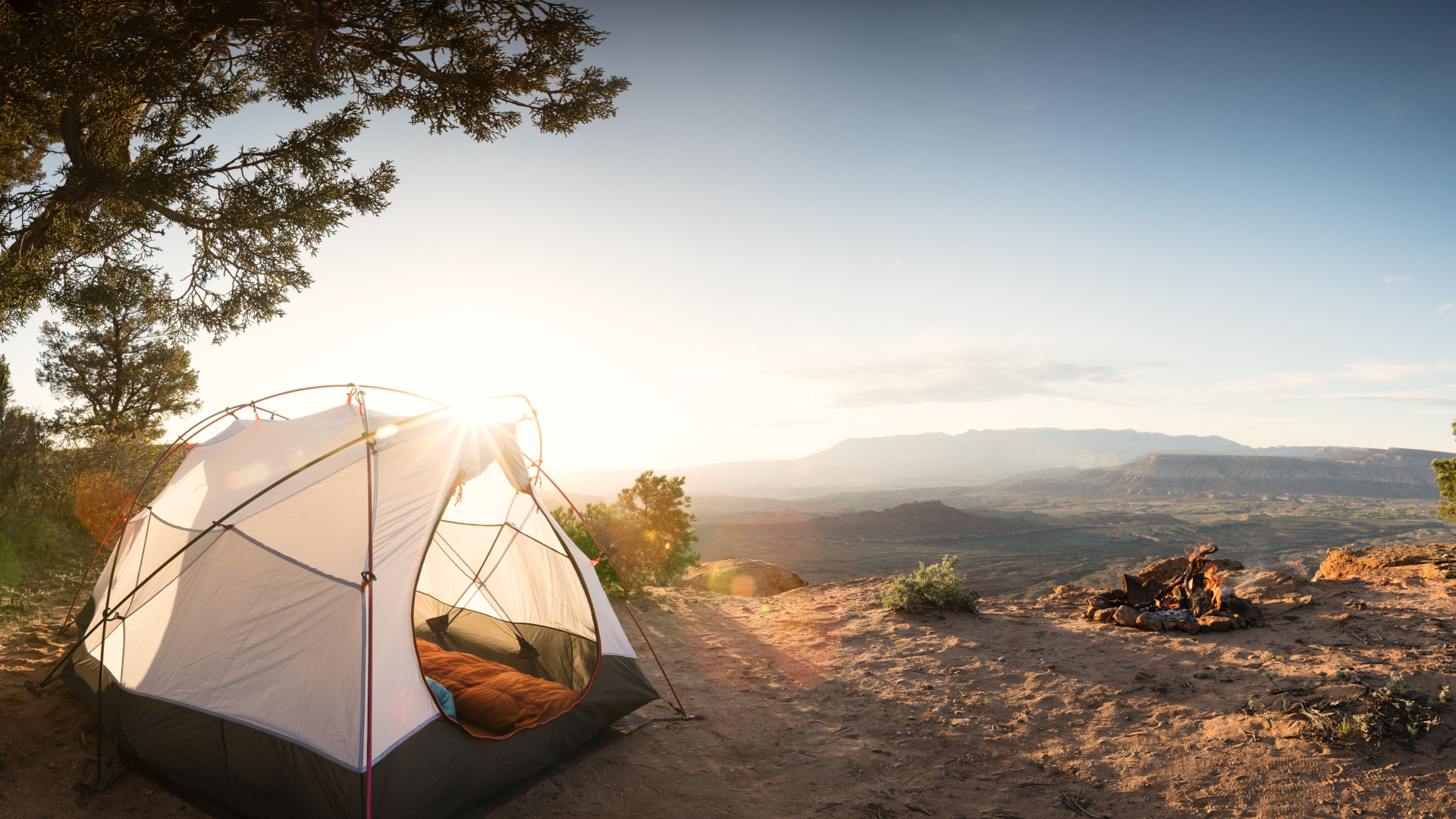
3. Choose your tent carefully
A few features and attributes can make one tent better than the next one for camping in hot weather. The most important of these are ventilation features such as an extensive mesh canopy, vents in the tent walls, and a double-doored design, all of which will help to boost airflow inside the tent and allow heat and humidity to escape from inside to out. It’s also wise to bring a bigger tent than you need – because our bodies are to our tents, essentially, what our radiators are to our homes, the more space your “central heating system” has to heat up, the lower the temperature will be inside your tent. If your tent’s on the small side, be sure to check out our selection of the best large tents for 2021.
4. Take your tent down in the daytime
Day-long exposure to the sun isn’t only bad for the fabric of your tent, it can also turn the tent’s interior into a bit of a furnace owing to the “greenhouse effect” that results from the sun’s rays passing through the tent walls.
To avoid this, the best policy is to take your tent down before the heat gets up in the morning and pitch it again around dusk. This may sound like a lot of hassle, but it will be well worth it come bedtime.
All the latest inspiration, tips and guides to help you plan your next Advnture!
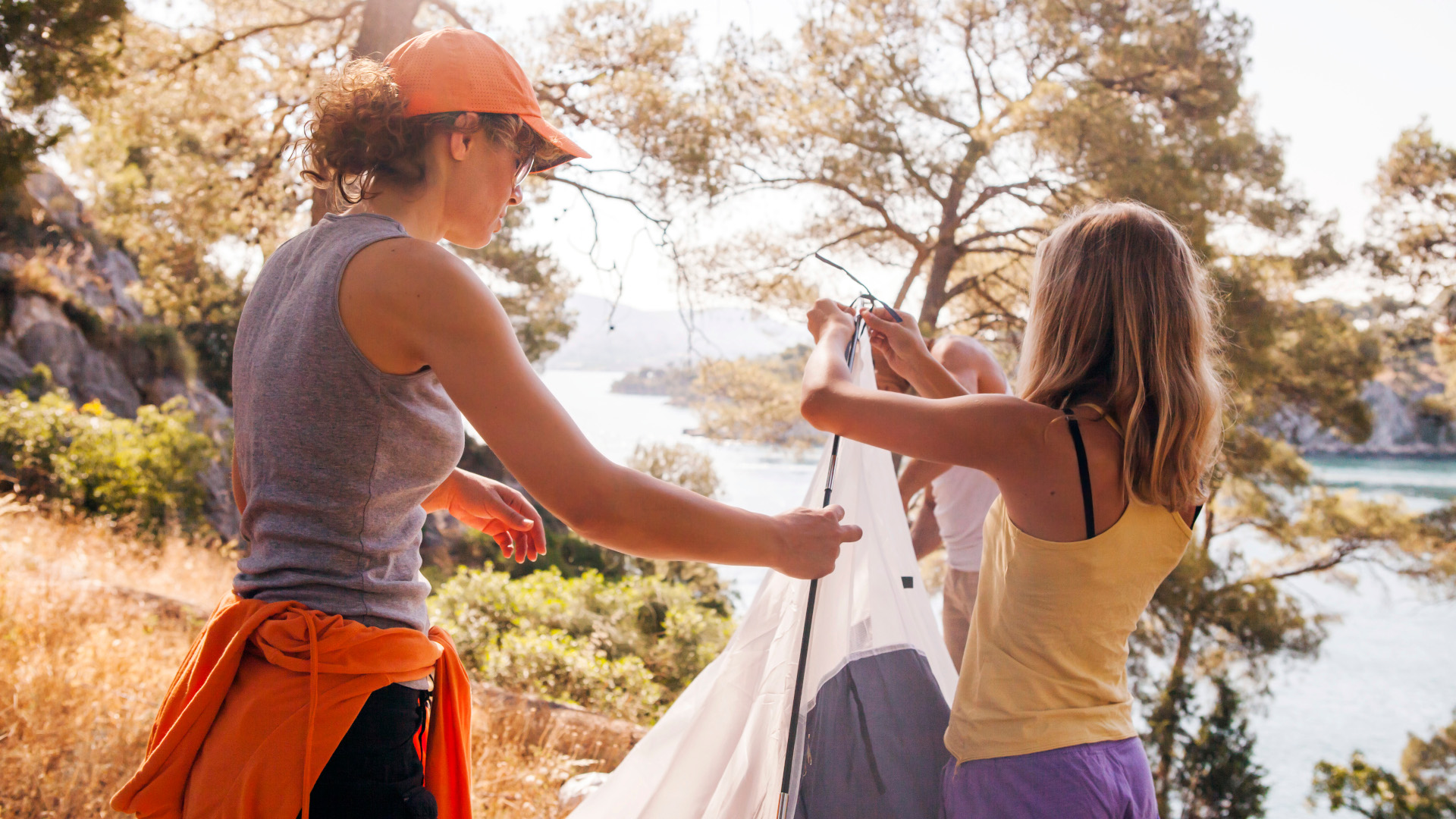
5. Use the breeze
When pitching your tent, make sure the entrance is facing in the direction of the wind. To check this, take a look at the weather forecast, which should tell you both how strong the wind will be and which direction it will be blowing. For example, “12 mph SW” means the wind will be blowing at 12 miles per hour from the southwest, which is the direction in which you want your tent to be facing. Check out our best weather apps for hiking to find the most reliable, accurate forecasting tools.
6. Reflect the heat away from your tent
If you’re unable to find a shaded spot to pitch your tent, the next best thing is to use a reflective thermal survival blanket (aka “space blanket”) or two to create your own shade and shield your tent from the heat. These work best when suspended a foot or more above the tent, which permits adequate airflow between the blanket and the tent canopy. The easiest way to rig a survival blanket above your tent is using accessory cord to suspend it from branches on nearby trees. In the absence of trees, however, you can tie two corners of the blanket to the top of the tent with cord and suspend the opposing corners from the tips of your trekking poles or a pair of large, relatively straight sticks.
7. Bring a frozen water bottle
This one wins our vote as the greatest camping hack of all time! Here’s how it’s done: if you’re car camping, freeze a bottle of water at home, stash it in a cooler (see our best camping coolers) until you get to camp, and then take it into the tent with you at night, wrapped in a t-shirt or pillowcase. Slipping this inside your sleeping bag when you hit the hay will help cool your body and make copping your Zs far easier. If you don’t have a cooler, using cool water from a stream can also do the trick.
8. Bring a tent fan
No breeze, no problem – with a portable camping fan you can create your own! The best camping fans are very quiet, lightweight, can be attached to the gear loops in the canopy of your tent, and can transform your nights in your tent from sweaty sufferfests into something altogether more tolerable. Our favorite camping fan? The Odoland Portable LED Camping Lantern and Fan.
9. Camp near water
Ambient temperatures in the vicinity of water features like lakes, creeks, and rivers are typically lower than in more arid, water-free locations. Also, taking a dip before bedtime should help to bring your core temperature down a degree or two and making falling asleep that little bit easier when temps are torturously high.

10. Try a hammock
Two of the oft-cited downsides to hammock camping are that the hammock fabric often over-compresses the insulation in your sleeping bag, thereby making it less effective, and that it leaves you more exposed to wind. While this might be an issue at other times of year, in summer months it’s a blessing! Using an airborne sleeping system also allows air to circulate around your body while you sleep and eliminates the need to use an insulating pad to support your underside, which allows your butt, back and legs to enjoy the full benefits of whatever breeze might be blowing. Sound good to you? If so, be sure to check out our best hammocks.
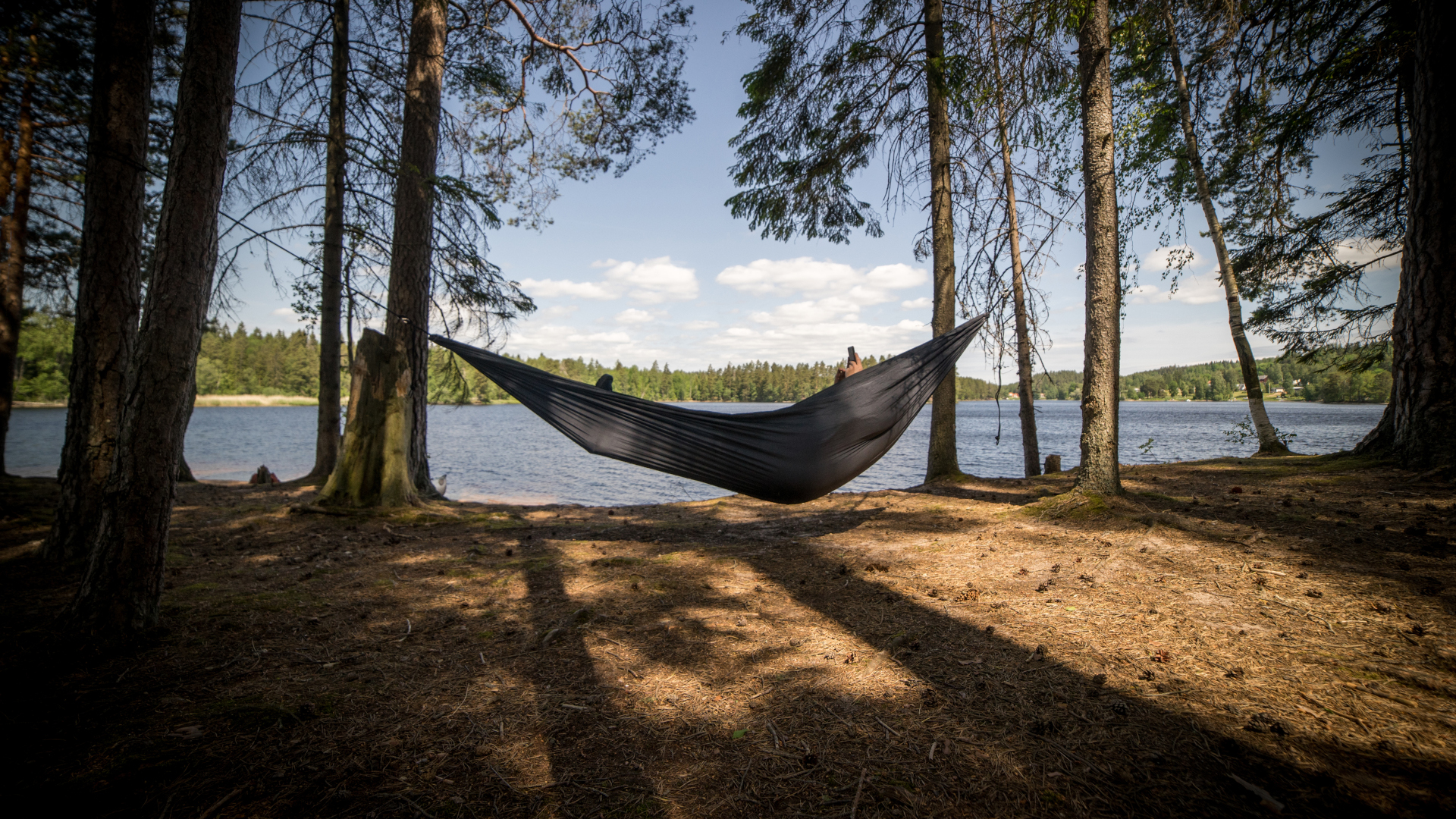
Former Advnture editor Kieran is a climber, mountaineer, and author who divides his time between the Italian Alps, the US, and his native Scotland.
He has climbed a handful of 6000ers in the Himalayas, 4000ers in the Alps, 14ers in the US, and loves nothing more than a good long-distance wander in the wilderness. He climbs when he should be writing, writes when he should be sleeping, has fun always.
Kieran is the author of 'Climbing the Walls', an exploration of the mental health benefits of climbing, mountaineering, and the great outdoors.
